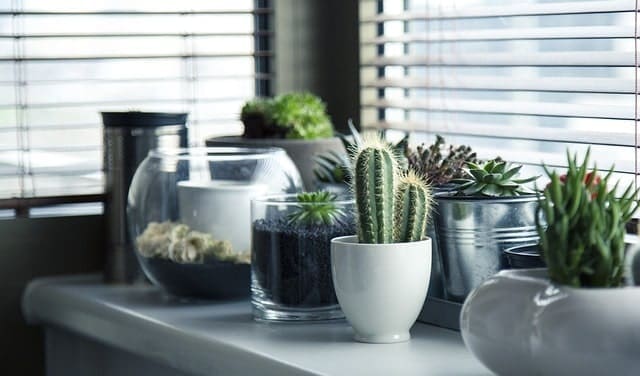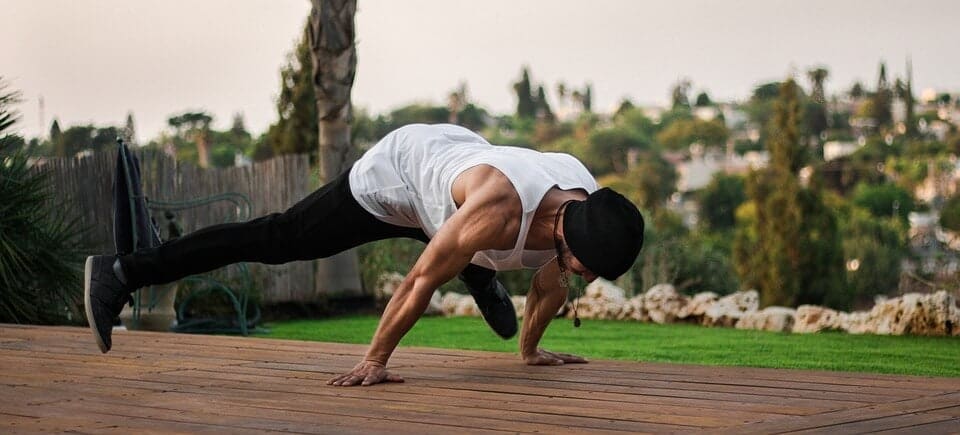10 Tops Tips For Starting A Garden
There comes a point in time when every man wants to choose a more demure hobby. For those lucky to have a green space, starting a garden can really be the perfect pastime. Here are our tips for starting a garden.
With everything new that spring brings, it is the perfect time to begin digging and growing. However, planning your garden will take a bit of effort, so you should get started before the snow even begins to melt. Most gardeners will spend the majority of the summertime wedding, watering and watching the plants grow. Fall is the smart time to plant your shrubs, trees, bulbs and a collection of perennials.

Tips For Starting A Garden – Get An Idea
Are you looking to plant vegetables, herbs, flowers, or a combination of these elements? If you go with flowers, you will need to figure out if you want annuals that will need to be replanted each year, yet they will give off great color during the summer. If you go with perennials, they will have a shorter blooming time, yet they will come back each year. You can take your garden and mix these things, just be sure to start small and then branch out each new season. Here are some good ideas.
Select Your Space
Mostly all vegetables and flowers will need roughly six hours each day of full sun. Spend the day in your desired spot and see how the sun will move across space. You may get more sun than you think. But, never despair if you have a lot that is fairly sunless, as a lot of plants will tolerate shade. Check out the plant tags, or ask the staff at the local garden center to see what plants require how much sun.
Think about putting your garden where you are not able to ignore the pleas for attention, such as near your mailbox, by your back door, just outside the window that you stare out of, etc. Place the spot close enough to your water spigot so that you are not going to need to drag your hose all over the place.


Clear The Ground
Take away any sod covering where you want to plant your garden. If you are looking for quick results, you can dig it, but you will see that it will be best to smother it with newspaper. You can put out a five sheet layer that will be nice and thick, double that if you have grass like St. Augustine or Bermuda. Then you can spread a layer of compost three inches thick, or a good combination of potting soil and topsoil, over the newspaper and just wait. It will take about four months, but the compost and paper will decompose.
If the area is covered with certain weeds, or you do not want to wait, you can dig the sod out.


Improve The Soil
Soil will need a boost when you get started, so think about using organic matter. Adding a few inches of compost, dry grass clippings, decayed matter or old manure will help. If you are digging the soil, till the organic matter into the area. If you are not digging or you are working with a bed that is established and you cannot dig, leave the matter along the surface and it will start to work its way into the soil over a few months’ time.
Alternatively, using grow bags can provide an efficient solution for cultivating plants without the need for extensive digging, as they allow for easy placement and mobility, ensuring that the plants receive adequate nutrients and root development within a shorter time frame.
You can have a soil test done through your local cooperative extension office so that you can learn more about your soil. They will talk you through the procedure and how much soil you should be gathering to send, along with the best time to get samples and from where in your garden. You should expect a two week waiting period for the results, which will give you information on what your soil is lacking and how you can fix it.
To Dig Or Not To Dig?

Digging will help to loosen the soil so that the roots will be able to penetrate the surface easier. Digging once the soil is too dry or too wet can damage the structure. You should dig only when the soil is moist enough so that you can form a loose ball in your hand, but yet dry enough to then fall apart when you drop it. You can use a spading fork or spade to turn the top 8 to 12 inches gently, mixing in any organic matter mentioned above. For beds with vegetables or annual flowers, you should only turn the soil once a year before you plant in the spring.
Traditional methods for preparing your perennial flower bed includes double digging, which involves the removal of the top 8 to 12 inches of soil. You then loosen it and work in the organic matter, replace the top layer and then work the organic matter into the top layer. It can be a lot of work, but it will have a great impact on how the perennials grow.
The following addresses plants and care:
Pick The Plants
There are some people that thumb through catalogs for months, while there are others that will go into the garden center and buy what catches their eye. Either method will work, just be sure that you are selecting plants that are good for your soil, the amount of sunlight you get in your garden, and your climate. You can even take the time to surf around online to determine the right plants to buy. Some great annuals for beginners include marigolds, cosmos, geraniums, impatiens, sunflowers, calendula, and zinnias. Good perennial choices include lamb’s ears, Russian sage, purple coneflowers, black-eyed Susans, pansies, phlox, and daylilies – The Tree Center has a good selection. Amaryllis bulbs also make a great choice since they’re easy to grow and are long-lasting. Good vegetable choices include peppers, lettuce, cucumbers, and tomatoes. Here is a great article on the care of Amaryllis.


Putting Them In The Ground
There are some plants like kale and pansies that will tolerate cold, so you can plant them in autumn, or even late winter. Most annual flowers and tomatoes will be a bit touchy regarding the cold, so never plant them until all frost danger has passed in your region. Mid-spring and mid-autumn are great times to plant your perennials. Check out the local garden center in you are for a listing of planting dates that are recommended. Here is a good seasonal planting guide.


Lettuce, sunflowers and some other plants are good for growing from seeds. You can sow these directly in your garden. Just read the seed packet regarding planting, such as how deep to plant, how far apart the seeds should be and when to plant them. Some gardeners also like to start their new seedlings indoors prior to the last frost date. You can purchase containers, also called flats, that are designed just for seedlings. Again, follow along with the instructions on the seed packets and make sure that you place the containers in a sunny area, or use the right artificial lighting.
To make it even easier on your, young plants can be bought. Often referred to as transplants or set plants, all you have to do to plant them is dig a hole and place them in the ground.
Watering
You should never let seedlings dry out, so be sure that you water them daily. Taper off once they get larger, and new transplants will also need frequent watering until roots are fully established. How often you water after that will all depend on the soil, the climate you are in and how often it usually rains. Plants will be begging for water if they droop a bit in the heat of the day. Just water slowly and deeply until it all soaks in, as opposed to all of it running off. Watering early in the day will minimize evaporation.


Mulching
This is great for keeping water in and keeping weeds out, so cover the soil with mulch that is a couple inches thick. You can get pine needles, bark chips, cocoa hulls and more. If you have a bed of annuals or a vegetable garden, select a mulch that will decompose in a few months. For your perennials, you need a longer lasting mulch like bark chips.
Keep Up The Good Work | Tips For Starting A Garden
Your garden is growing, so keep watering and pulling weeds regularly. Fertilizing with a dry fertilizer halfway through the season is also a good idea. If you are going with a liquid version, fertilize about every month or so. Remember to always stop so that you can enjoy whatever you are growing. I hope our tips for starting a garden helps you get started.




